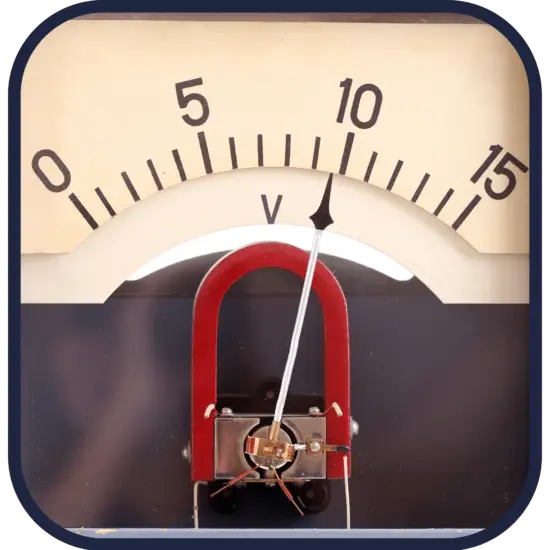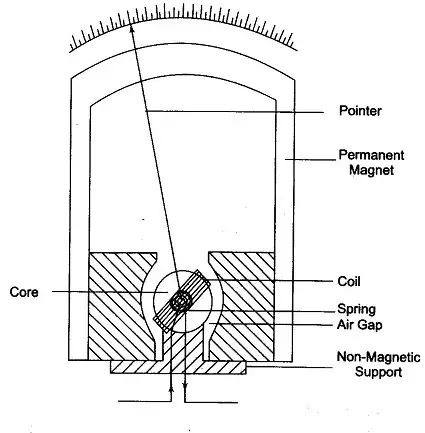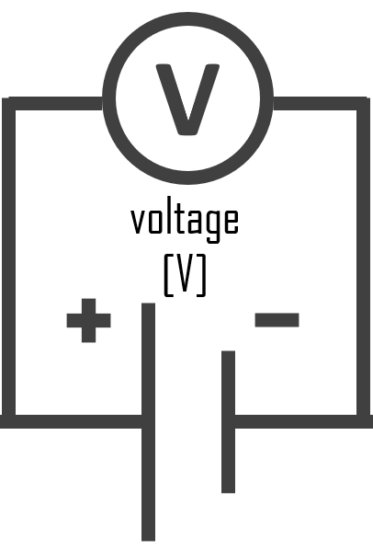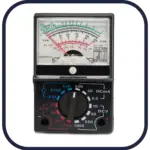30-second summary
Galvanometer
In general, a galvanometer is an electromechanical measuring instrument for electric current. Early galvanometers were uncalibrated, but improved versions, called ammeters, were calibrated and could measure the flow of current more precisely.
A meter can be calibrated as a DC voltmeter if the resistance of the coil is known by calculating the voltage required to generate a full-scale current. Permanent Magnet Moving Coil Voltmeter – PMMC is also known as the D’Arsonval meter or galvanometer, and it is used to determine the angular deflection in a uniform magnetic field to determine the current flowing through the coil.
Other types of voltmeters are:


Permanent Magnet Moving Coil Voltmeter – PMMC is also known as the D’Arsonval meter or galvanometer, and it is used to determine the angular deflection in a uniform magnetic field to determine the current flowing through the coil. A PMMC meter places a coil of wire (i.e. a conductor) in between two permanent magnets in order to create a stationary magnetic field. According to Faraday’s Laws of electromagnetic induction, a current carrying conductor placed in a magnetic field will experience a force in the direction determined by Fleming’s left-hand rule. It has the benefits of a linear scale, low power consumption, and great precision. The permanent magnet moving coil instrument is the most accurate type for DC measurements. The PMMC instrument cannot be used on AC currents or voltages. If an AC supply is given to these instruments, an alternating torque will be developed. On the other hand, the cost of these instruments is higher than that of moving iron instruments.
Voltmeter – Symbol of Voltmeter
In circuit diagrams, a voltmeter is represented by the letter V in a circle, with two emerging lines representing the two points of measurement.


How does a galvanometer work?
A common analog voltmeter, for example, is likely to use an electromechanical mechanism that converts current flowing through the wire into a voltage reading. An analog voltmeter usually contains a built-in, high-value fixed resistance, and an ammeter measuring the current passing through it. The current sensed by the ammeter is then converted to reading in volts. Its operation is based on Ohm’s law idea: “Voltage across a resistance is directly proportional to the current traveling through it,”.
Ohm’s law: V = I x R
For example, the D’Arsonval meter or galvanometer works by deflecting a pointer in response to an electric current flowing through a coil in a constant magnetic field. A moving coil galvanometer can be used as a voltmeter by inserting a resistor in series with the instrument. The galvanometer has a coil of fine wire suspended in a strong magnetic field. When an electric current is applied, the interaction of the magnetic field of the coil and of the stationary magnet creates a torque, tending to make the coil rotate. The torque is proportional to the current through the coil. The coil rotates, compressing a spring that opposes the rotation. The deflection of the coil is thus proportional to the current, which in turn is proportional to the applied voltage, which is indicated by a pointer on a scale.



